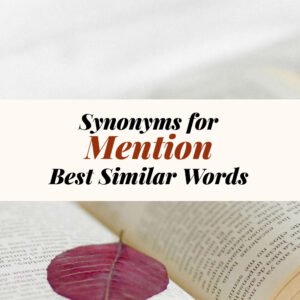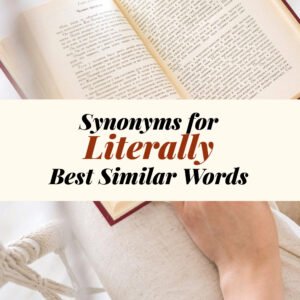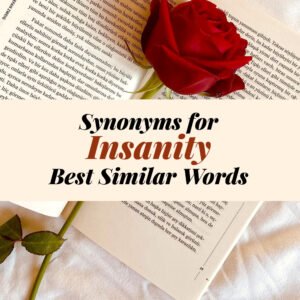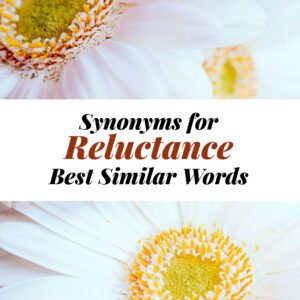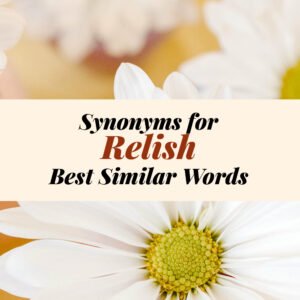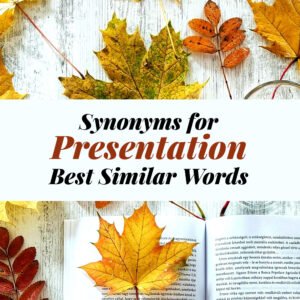Sometimes, we want to describe hitting someone or something without always using the word punch. Using different words can make your writing more exciting and expressive. Words like strike, jab, hit, and smack can be great alternatives. In this article, we will explore 17 different ways to say punch with examples.
| Synonym | Example |
|---|---|
| Strike | He delivered a strong strike to the punching bag. |
| Hit | She hit the ball with all her strength. |
| Jab | The boxer threw a quick jab at his opponent. |
| Smack | He gave the table a loud smack. |
| Blow | The wind blew a powerful blow against the door. |
| Thump | He thumped his fist on the desk in anger. |
| Wallop | The wrestler walloped his opponent down. |
| Uppercut | He used an uppercut to knock him off balance. |
| Clout | The player got a clout on the soccer ball. |
| Bop | She gave him a gentle bop on the head. |
| Sock | He socked the punching bag with force. |
| Slam | He slammed his fist into the wall. |
| Strike out | He tried to strike out his frustration on the bag. |
| Deck | He decked his opponent in the ring. |
| Batter | The chef battered the meat before cooking. |
| Pop | She gave the balloon a quick pop with her finger. |
| Wallop | The storm walloped the coastal town. |
17 Different Ways to Say PUNCH: Another Word for Punch
Strike
Strike is a strong word to use instead of punch because it shows hitting with power and focus. You can use strike for people, objects, or even to describe actions like sports hits. It works in both serious situations and casual stories. This word gives the reader a clear idea of a forceful, intentional hit. It is useful when you want your writing to show strength or impact.
- He struck the bag with all his might.
- She struck him lightly on the arm.
- The hammer struck the nail perfectly.
- Lightning struck the old tree.
Hit
Hit is one of the most common words you can use as an alternative to punch. It is flexible because it works for hitting people, objects, or even situations. You can use hit in casual conversations, sports, or storytelling. It is a clear word that shows contact with force. Using hit allows readers to understand the action immediately. It can describe both light and strong impacts.
- He hit the ball very hard.
- She hit the wall by accident.
- The car hit a pothole.
- He hit the jackpot with his lottery ticket.
Jab
Jab is perfect for describing a quick, sharp hit. It is often used in boxing or playful situations. Jab emphasizes speed and precision rather than full power. This makes it great for showing fast, repeated hits or pokes. It works well in sports writing or lighthearted stories. Using jab makes the action feel active and lively.
- The boxer jabbed his opponent in the face.
- She jabbed the pin into the corkboard.
- He jabbed his finger at the map.
- The chef jabbed the meat with a fork.
Smack
Smack is a word that shows hitting with sound and force. It can describe playful, angry, or even dramatic situations. You can use smack on people, objects, or surfaces. This word gives a sense of impact and energy. Smack is useful when you want readers to imagine the sound or power of the hit. It makes the action more lively and noticeable.
- He smacked the book onto the table.
- She smacked his hand playfully.
- The waves smacked the rocks hard.
- He smacked the ball across the field.
Blow
Blow is a strong alternative to punch because it shows hitting with force. You can use it for physical strikes or natural events like wind. Blow is good for dramatic or important actions. It can also be used figuratively, like emotional or financial blows. This makes it a versatile word for many situations where impact is clear and strong.
- He delivered a powerful blow to his opponent.
- The wind blew against the house all night.
- She got a blow to her confidence.
- The boxer took a blow to the chest.
Thump
Thump shows a heavy and solid hit. It is often used when the action is forceful rather than fast. Thump works well for hitting objects, doors, or even people. It is perfect for showing strong emotions like anger or excitement. This word makes readers imagine weight and impact clearly. Using thump adds drama and intensity to the scene.
- He thumped the door in frustration.
- She thumped the ball on the ground.
- He thumped his chest proudly.
- The drummer thumped the drum loudly.
Wallop
Wallop is a fun and strong word for a hit. It is great for showing very forceful action in playful or dramatic situations. Wallop works for objects, people, or even natural events like storms. It gives energy and excitement to the scene. Using wallop makes writing more dynamic and colorful, giving a clear impression of power and action.
- He walloped his opponent in the ring.
- She walloped the table in anger.
- The waves walloped the boat heavily.
- He walloped the door to get attention.
Uppercut
Uppercut is specific for a punch going upward, often used in boxing. It shows skill and precision in hitting. Uppercut is perfect for describing professional fights or dramatic knockouts. It gives a sense of strong, controlled movement. Using uppercut adds excitement and action, making the fight scene more vivid.
- He hit an uppercut to the opponent’s chin.
- The boxer practiced his uppercuts.
- She delivered a sharp uppercut to the training bag.
- He got knocked down by a perfect uppercut.
Clout
Clout shows hitting with authority or strong force. It is often used in sports or casual stories. Clout emphasizes the power behind the hit. It can also suggest confidence and skill. Using clout makes the impact feel strong and impressive. It is good when you want the hit to feel important or noticeable.
- He clouted the soccer ball into the goal.
- She clouted the fence post with a hammer.
- He got a clout to his shoulder.
- The worker clouted the nail firmly.
Bop
Bop is a light and playful word for hitting. It shows a quick, gentle action. Bop is ideal for fun, casual, or playful situations. It works well for children, pets, or small objects. Using bop makes the scene feel friendly and humorous. It gives the reader a sense of fun rather than danger or anger.
- She bopped him on the head softly.
- He bopped the toy off the shelf.
- The cat got a bop on its nose.
- She bopped the drum with a stick.
Sock
Sock is casual and strong. It shows a fast, forceful hit. Sock works well in conversations or stories involving fights. It is good for both serious and playful hits. Using sock adds energy and a sense of power to the action. It helps readers imagine a quick, strong impact clearly.
- He socked the bag hard.
- She socked the wall in anger.
- He socked the ball down the field.
- He socked his hand on the table.
Slam
Slam shows hitting with speed and force. It can describe fists, doors, objects, or other impacts. Slam emphasizes suddenness and intensity. Using slam creates a dramatic and energetic image. It is perfect for both storytelling and casual descriptions of forceful actions.
- He slammed his fist into the wall.
- She slammed the door shut.
- He slammed the book on the table.
- The car slammed into the barrier.
Strike Out
Strike out is used for attempts to hit, attack, or vent frustration. It shows effort and strong action. Strike out works in sports or casual contexts. It is useful for showing repeated or forceful attempts. Using strike out adds movement and energy to the scene, giving readers a sense of effort and struggle.
- He struck out at the punching bag.
- She struck out in anger.
- He struck out with his bat.
- They struck out at the problem together.
Deck
Deck shows hitting someone so hard they fall down. It is dramatic and strong. Deck is perfect for stories, fights, or sports. It gives a clear image of a powerful, effective hit. Using deck makes the action feel sudden and exciting. It is often used to show knockout or strong impacts in a scene.
- He decked his opponent in the ring.
- She decked him accidentally.
- He was decked with a heavy blow.
- The wrestler decked his rival on stage.
Batter
Batter is used for repeated or heavy hitting. It works for food, objects, or people. Batter emphasizes strength and persistence. It is perfect for dramatic actions or continuous effort. Using batter shows repeated impact and energy in the scene, making actions feel ongoing and strong.
- He battered the meat before cooking.
- She battered the wall with a hammer.
- The storm battered the coast.
- He battered the bag in training.
Pop
Pop shows a quick, light, and sudden hit. It works for small objects, playful actions, or sudden impact. Pop is perfect for comic or casual situations. Using pop gives the scene energy and surprise. It makes the hit noticeable without being heavy or dramatic.
- She popped the balloon quickly.
- He popped him lightly on the shoulder.
- The whip popped loudly.
- He popped the cork from the bottle.
Wallop
Wallop can also describe strong, exaggerated hits. It emphasizes fun and force. Wallop is great for storytelling or dramatic actions. Using wallop adds excitement and energy. It shows the hit is very powerful and noticeable, making the scene lively.
- He walloped the opponent in the ring.
- She walloped the table in anger.
- The storm walloped the town.
- He walloped the bag repeatedly.
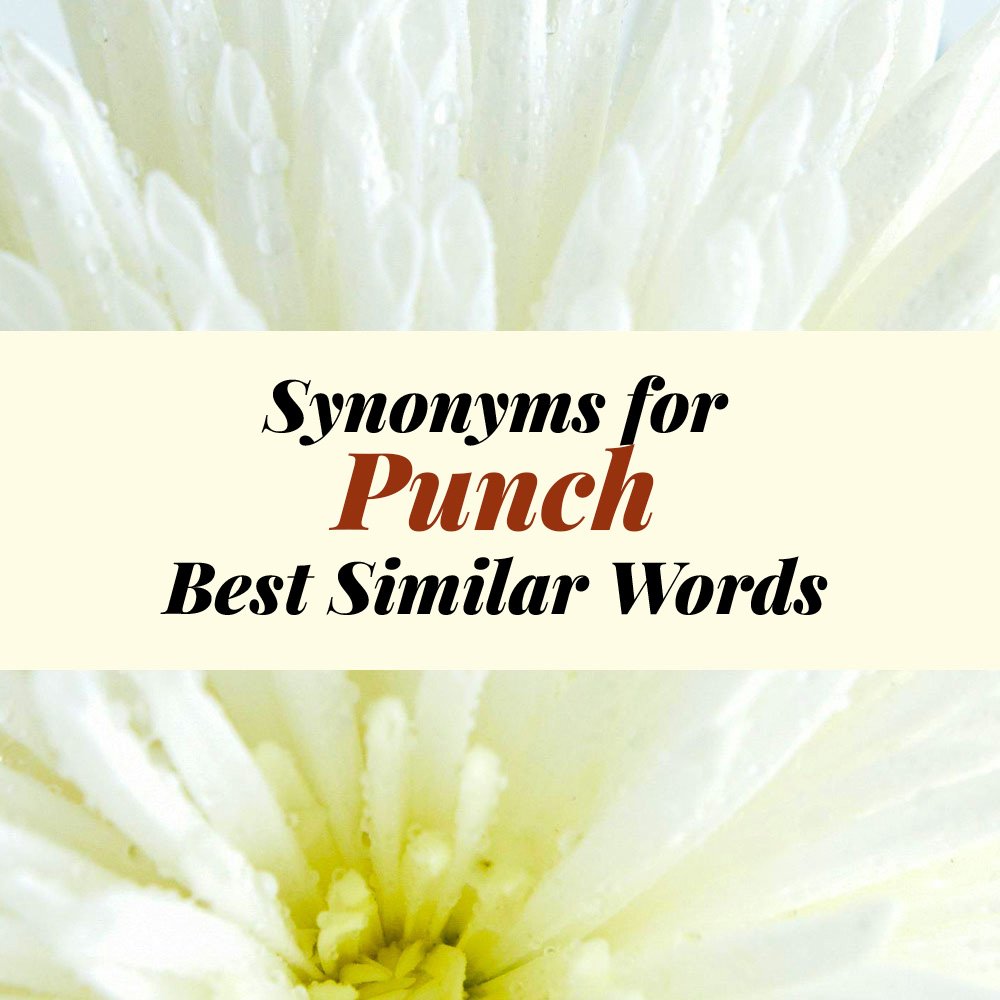
Final Thoughts
Using different words for punch makes writing more engaging and lively. Choosing the right synonym shows force, speed, or playfulness. These 17 alternatives can bring energy to stories, sports scenes, or casual descriptions.

